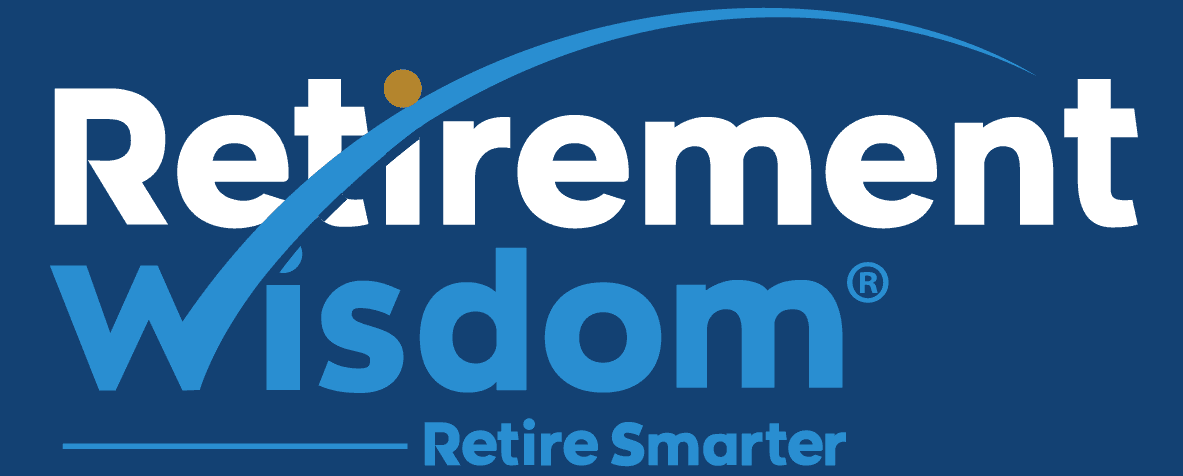by Joe Casey
I was about to accomplish a goal that was years in the making – finishing the Boston Marathon. Suddenly, I could not take another step. I had fractured my left hip. I was wheeled off the course, taken to the medical tent and then in an ambulance to the emergency room at Mass General Hospital. I had surgery first thing the next morning.
Then the verdict: On crutches and restricted to the house for up to 12 weeks. No running for a year.
While in the hospital, a client called and shared some valuable advice. ‘Think of it this way. You’re a busy person. For the next year, you’ll suddenly be time rich. Think about how you can make the most of that.” Mindset shifted.
This opened up possibilities. Time I can spend with my family, especially with our youngest daughter heading off to college in September . The new books I want to read. The books stacked up that I wanted to read. The Red Sox. Starting this blog. Physical therapy.
While this mindset has been helpful to me in the short run, it’s also a liberating mindset to have heading into retirement. What are your retirement wishes and dreams?
During earlier stages of our lives we are often exactly the opposite – time poor. The demands of work, commuting and family consume the majority of our waking hours. Technology has made us always on and accessible. There’s always the ability to do a bit more. There’s just one more email to respond to.
Time to do what we want to do is in short supply for most people. The transition to retirement presents new opportunities – and a wealth of time to pursue them.
Life expectancies are rising globally.[1] And that means that the retirement phase of life will now last as long as, or even longer, than the time we spent working in our primary career. Studies show that many of us will have a retirement that lasts 25 or 30 years. {Footnote} That translates to between 218,400 to 262,000 hours. More time in retirement clearly means that we need to plan and save more on the financial side. The same is true on the time side of the equation. How do you want to invest that time?
Several recent studies have shed some light on what people would like to do. Allianz’s TheGiftofTime study[2] found that almost half of people surveyed prefer a non-traditional approach to retirement that’s designed around their unique interests, such as pursuing their dream of starting their own business, beginning a second career in an area they truly enjoy or volunteering for a cause they deeply care about.
For some people, this extra time presents an opportunity for a ‘do-over’ of sorts. The Allianz study noted that 35% reported “that they wished they’d been more gutsy in their choices and done things they really wanted to do.”
It’s safe to say that it takes more planning to pursue those types of endeavors than in the ‘get a gold watch and then alternate between the golf course and the rocking chair’ model of earlier generations. Allianz found that “93% agreed that people will need to be more thoughtful about how they plan for longer lives and 91% agreed that, with 30 extra years, it’s not enough to just put aside money for retirement – people would need a much clearer, more specific plan that falls outside the confines of traditional financial planning.”
In my case, I’m definitely on the mend. But most important, it’s giving me a glimpse of what being ‘time rich’ looks like and the choices it opens up in thinking about retirement.
How could you invest your time in retirement?
Listen to our retirement podcast
[1] National Institute on Aging
[2] Allianz Life Insurance Company https://www.allianzlife.com/retirement-and-planning-tools/the-gift-of-time-the-allianz-longevity-project?v=thegiftoftime

